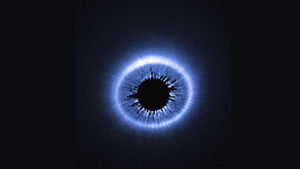 Last month, an asteroid large enough to destroy New York City came within an astronomically tiny space of the planet, threatening to kill millions of people. NASA admitted that it had not had any idea that the deadly rock existed until after it had passed.
Last month, an asteroid large enough to destroy New York City came within an astronomically tiny space of the planet, threatening to kill millions of people. NASA admitted that it had not had any idea that the deadly rock existed until after it had passed.
Oh, yeah, and another one will be zooming by Saturday.
The first asteroid was dubbed 2017 VL2, and came within 73,000 miles of hitting the planet—which is tiny in terms of the vastness of space. Part of the Apollo group of asteroids, it passed by on November 9, 2017 but was not noticed until the next day, when it was detected by the ATLAS-MLO observatory, which is in Hawaii. Though only between 16 and 32 meters across, it is estimated that it could have destroyed a major city had it hit the planet.
The new one, 2017 WV12, will come about 820,210 miles of Earth, giving us significantly more breathing room. It was discovered last month by the Pan-STARRS survey, also in Hawaii, and has an orbital period of about 1.9 years. It will fly by our planet at about 9:45 PM and, with 2017 VL2, constitutes two of the closest misses all year.
These objects are called Potentially Hazardous Asteroids (PHAs), which are defined as those that are at least 100 meters and come within 19.5 lunar distances (LD) of Earth. They are a subset of near-Earth objects (NEOs), defined as objects that come within 1.3 astronomical units (AUs) of the sun. (An LD is defined as the distance from the core of the Earth to the core of the moon, or about a quarter of a million miles; an AU is the distance from the Earth to the sun, or about 93 million miles.)
Scientists have discovered about 17,300 NEOs over the year. On December 7, 1,869 PHAs were known to NASA, though thankfully, all were only coming close to Earth, not expected to actually hit it.
Nevertheless, one of them might someday. 15 February 2013 saw the Chelyabinsk incident, where a meteor exploded in the air over the Russian city. It released between 26 and 33 times as much energy as the atomic bomb that hit Hiroshima; miraculously, most of it was absorbed by the atmosphere, resulting in no fatalities, though 1,491 people were injured and more than 7,200 buildings were damaged by the huge blast.





